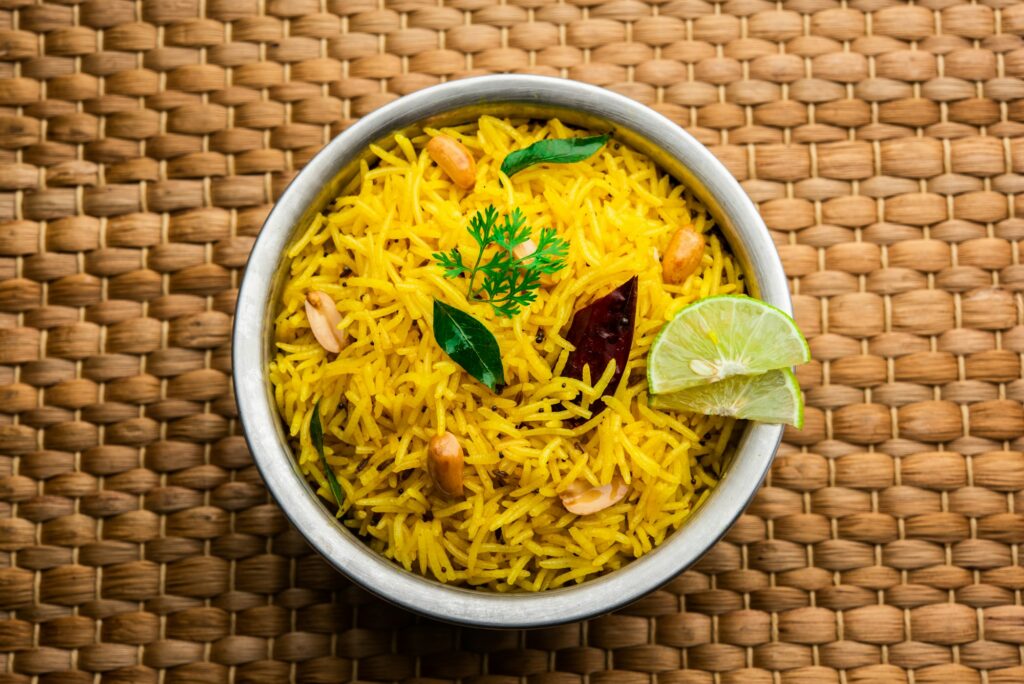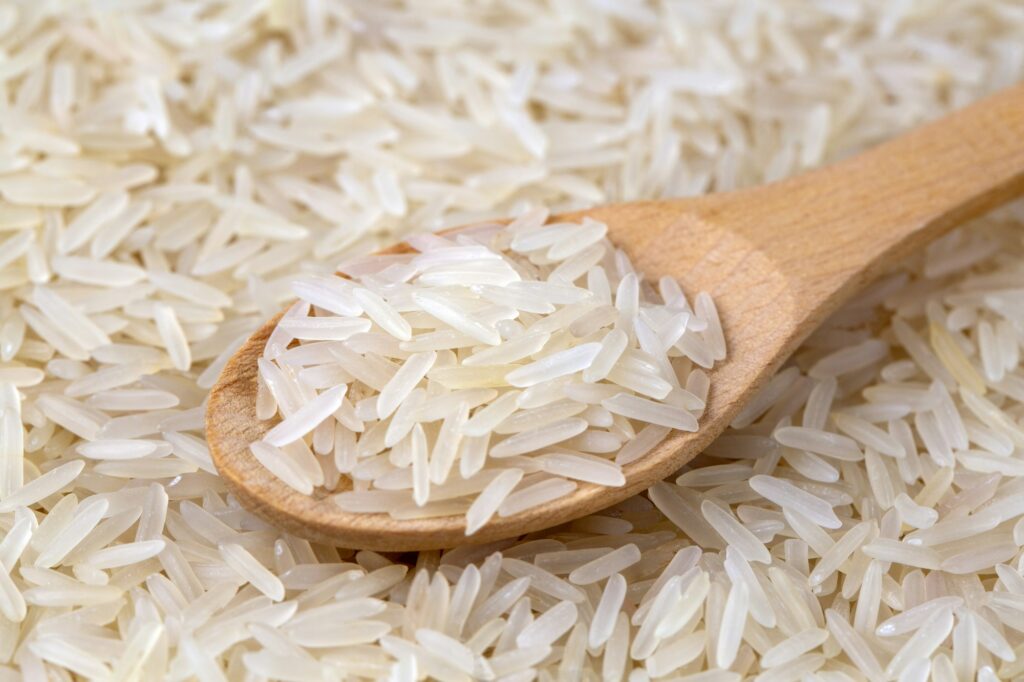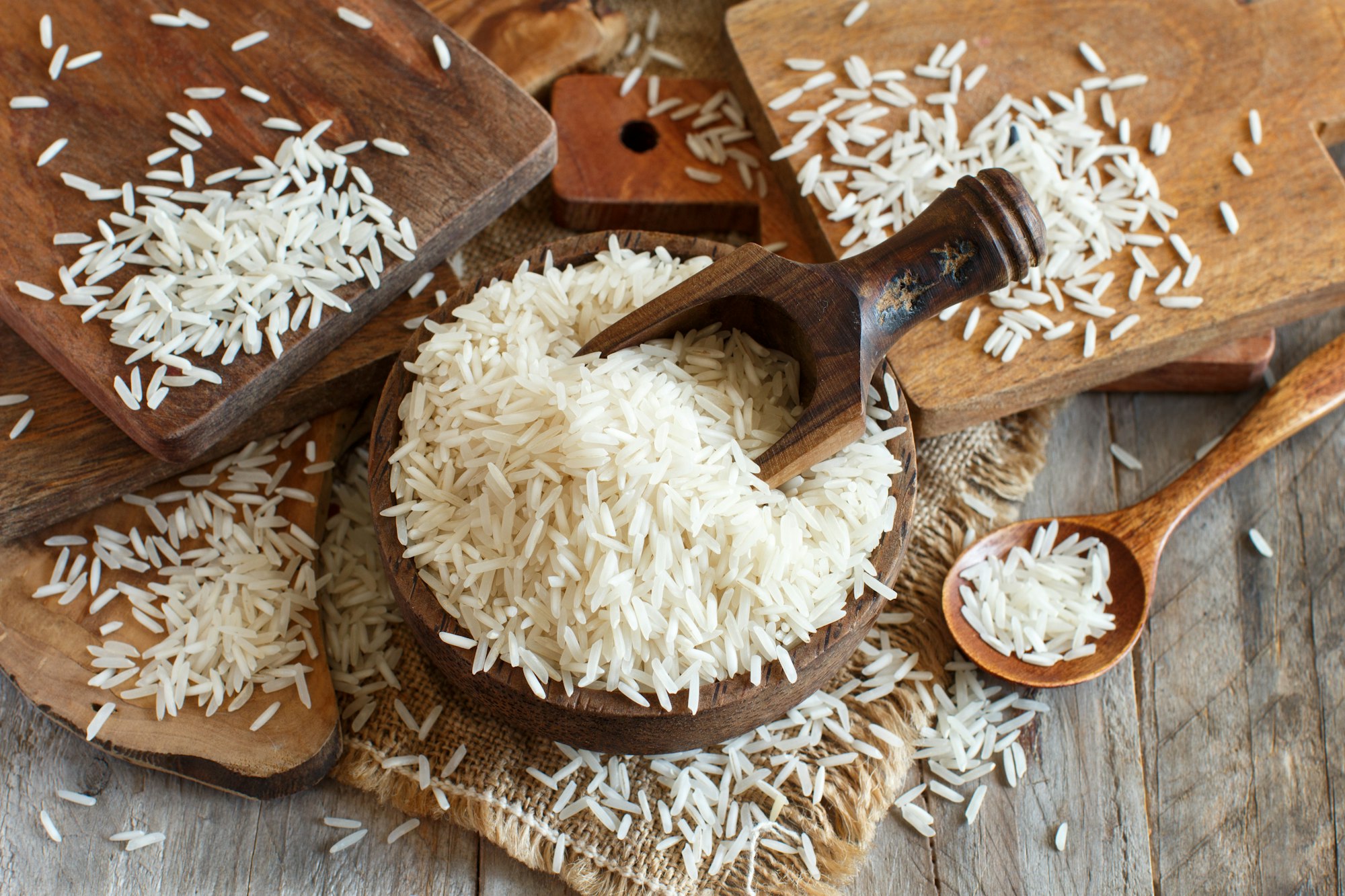The pictures in our articles might not always show exactly what the text is talking about. We use these images to make the article more interesting and eye-catching. They are there to add to the text, but not to replace it or show every detail.
Basmati rice, the aromatic long-grain variety cherished worldwide, has a rich history and unique characteristics that set it apart from other rice types. In this blog post, we'll explore ten fascinating facts about Basmati rice that will deepen your appreciation for this beloved grain. Whether you're a culinary enthusiast or simply curious about the foods you eat, these facts about Basmati rice will surely pique your interest.
1. Ancient Origins and Geographic Indication
Basmati rice has been cultivated for centuries in the Indian subcontinent, specifically in the fertile soils of the Himalayan foothills. This long-grain rice variety is renowned for its distinctive aroma and delicate flavor, which have made it a staple in Indian and Pakistani cuisines.
Interestingly, Basmati rice holds a protected geographic indication status. This means that to be labeled as Basmati, the rice must be cultivated in specific regions of India and Pakistan. This protection ensures the authenticity and quality of the rice, preserving its unique characteristics.
2. The Secret Behind Its Aroma
One of the most captivating features of Basmati rice is its enchanting fragrance. But have you ever wondered what gives Basmati its signature scent? The answer lies in a natural compound called 2-acetyl-1-pyrroline. This aromatic molecule contributes to the nutty and floral notes that fill your kitchen when cooking Basmati rice.

3. Aging Process for Enhanced Flavor
Unlike many other types of rice, Basmati undergoes an aging process to enhance its aroma and flavor. This traditional practice involves storing the rice for a specific period before it reaches consumers. The aging process not only intensifies the rice's fragrance but also improves its cooking qualities, resulting in longer, fluffier grains when prepared.
4. Nutritional Profile and Health Benefits
Basmati rice isn't just delicious; it also offers several health benefits:
These nutritional qualities make Basmati rice a popular choice among health-conscious individuals. The lower glycemic index means it can help regulate blood sugar levels more effectively than other types of rice.
5. Cooking Techniques for Perfect Basmati
To fully appreciate Basmati rice, it's essential to cook it properly. Here's a simple method to achieve fluffy, separate grains:
This absorption method allows the rice to cook evenly, resulting in the light, fluffy texture that Basmati is known for.
6. Versatility in Global Cuisines
While Basmati rice is a staple in Indian and Pakistani cuisines, its popularity has spread far beyond the Indian subcontinent. Today, you can find Basmati rice featured in various culinary traditions, including:
Its ability to complement a wide range of flavors makes Basmati rice a versatile ingredient in many international kitchens.
7. Cultural Significance and Celebrations
In Indian and Pakistani cultures, Basmati rice holds a special place in various festivities and celebrations. It's often used in preparing elaborate dishes for weddings, religious ceremonies, and other important occasions. The use of Basmati rice in these events underscores its cultural importance and its role in bringing people together through food.
8. Basmati Rice Grades
Not all Basmati rice is created equal. The rice is classified into various grades based on factors such as:
- Grain length
- Purity
- Overall quality
The most prized grade of Basmati rice is known as "sella" or "golden" Basmati. This top-tier rice offers the best aroma, flavor, and cooking qualities, making it highly sought after by discerning cooks and rice connoisseurs.
9. Gluten-Free Goodness
For those with gluten sensitivities or celiac disease, here's some good news: Basmati rice is naturally gluten-free. This makes it an excellent choice for individuals following a gluten-free diet, providing a safe and delicious alternative to wheat-based grains.
10. Proper Storage for Longevity
To maintain the quality of your Basmati rice, proper storage is crucial. Here are some tips:
- Store in a cool, dry place
- Use an airtight container to protect against moisture and pests
- For longer shelf life, consider storing brown Basmati rice in the freezer
When stored correctly, white Basmati rice can last for several months, while brown Basmati rice typically has a shorter shelf life due to its higher oil content.
Embrace the World of Basmati Rice
As we've discovered, Basmati rice is much more than just a side dish. Its rich history, unique cultivation process, and diverse culinary applications make it a fascinating subject for food lovers and health enthusiasts alike. From its aromatic qualities to its nutritional benefits, Basmati rice continues to captivate palates around the world.

Frequently Asked Questions About Basmati Rice
Can Basmati rice be used in sushi?
While Basmati rice is delicious, it's not ideal for sushi. Sushi requires short-grain rice that's stickier when cooked. Basmati's long grains and fluffy texture don't provide the cohesion needed for sushi rolls. For authentic sushi, stick to short-grain Japanese rice varieties like Koshihikari.
Is there a difference between Indian and Pakistani Basmati rice?
Both Indian and Pakistani Basmati rice are high-quality and share similar characteristics. However, some connoisseurs claim that Pakistani Basmati tends to be slightly more aromatic and elongates more when cooked. The difference is subtle, and both varieties are excellent choices for your kitchen.
Can Basmati rice be prepared in a rice cooker?
Absolutely! Basmati rice can be easily prepared in a rice cooker. Use the same rice-to-water ratio as you would for stovetop cooking (typically 1:1.5). Some rice cookers even have a specific setting for Basmati rice. Just remember to rinse the rice before cooking for best results.
Is Basmati rice suitable for diabetics?
Basmati rice, especially the brown variety, can be a good option for people with diabetes when consumed in moderation. It has a lower glycemic index compared to other types of rice, which means it causes a slower rise in blood sugar levels. However, portion control is still important, and it's always best to consult with a healthcare professional for personalized dietary advice.
Can Basmati rice be used in rice pudding?
While traditional rice pudding recipes often call for short-grain rice, Basmati can be used to create a unique and aromatic version of this dessert. The long grains and nutty flavor of Basmati add an interesting texture and taste to rice pudding. Keep in mind that Basmati may require slightly more liquid and longer cooking time to achieve the creamy consistency typical of rice pudding.
Next time you prepare a dish with Basmati rice, take a moment to appreciate the journey this extraordinary grain has taken – from the foothills of the Himalayas to your dinner plate. Whether you're cooking a traditional biryani or experimenting with a modern fusion recipe, let the fragrant aroma and delicate flavor of Basmati rice transport you to a world of culinary delight.






